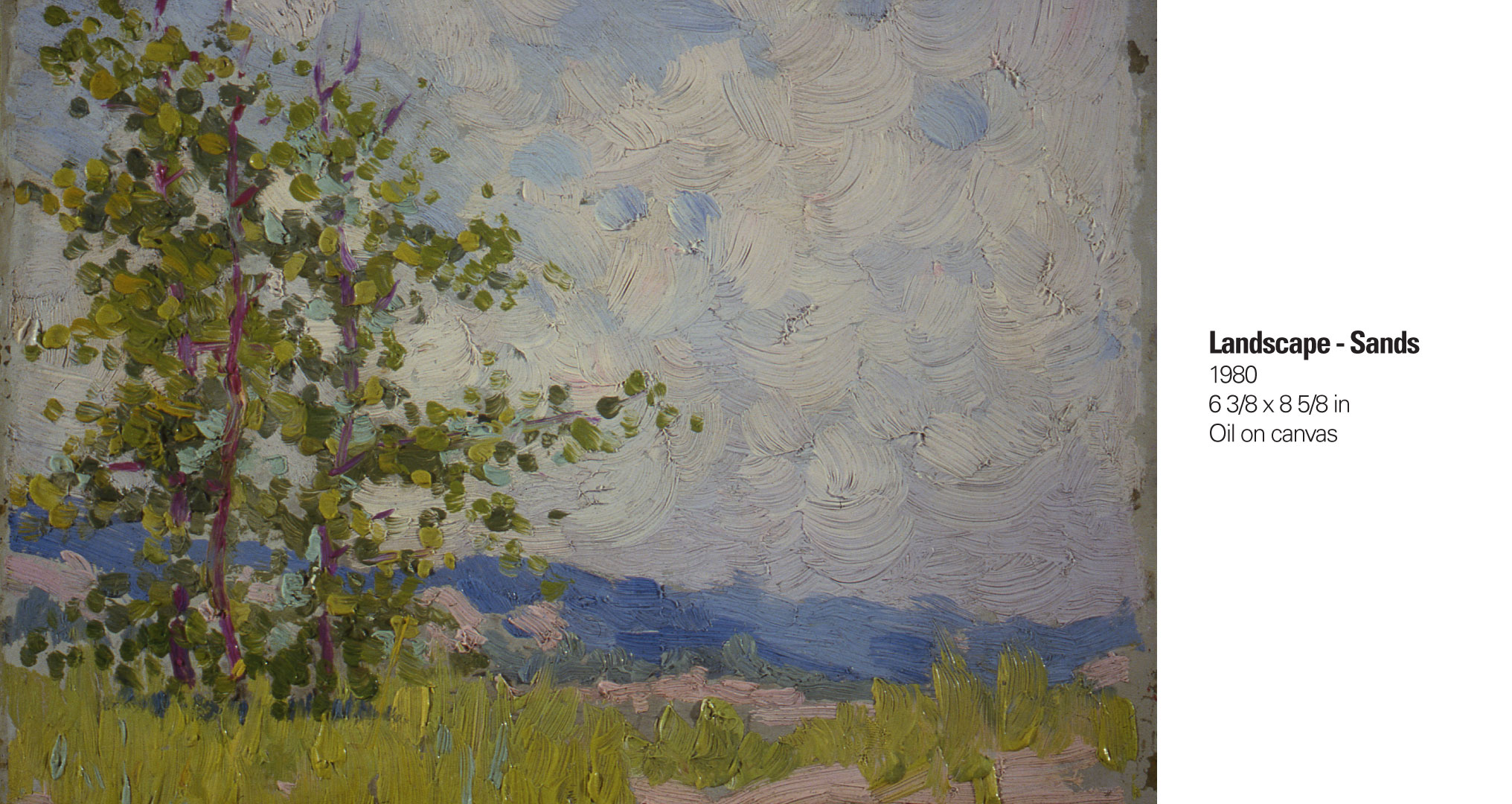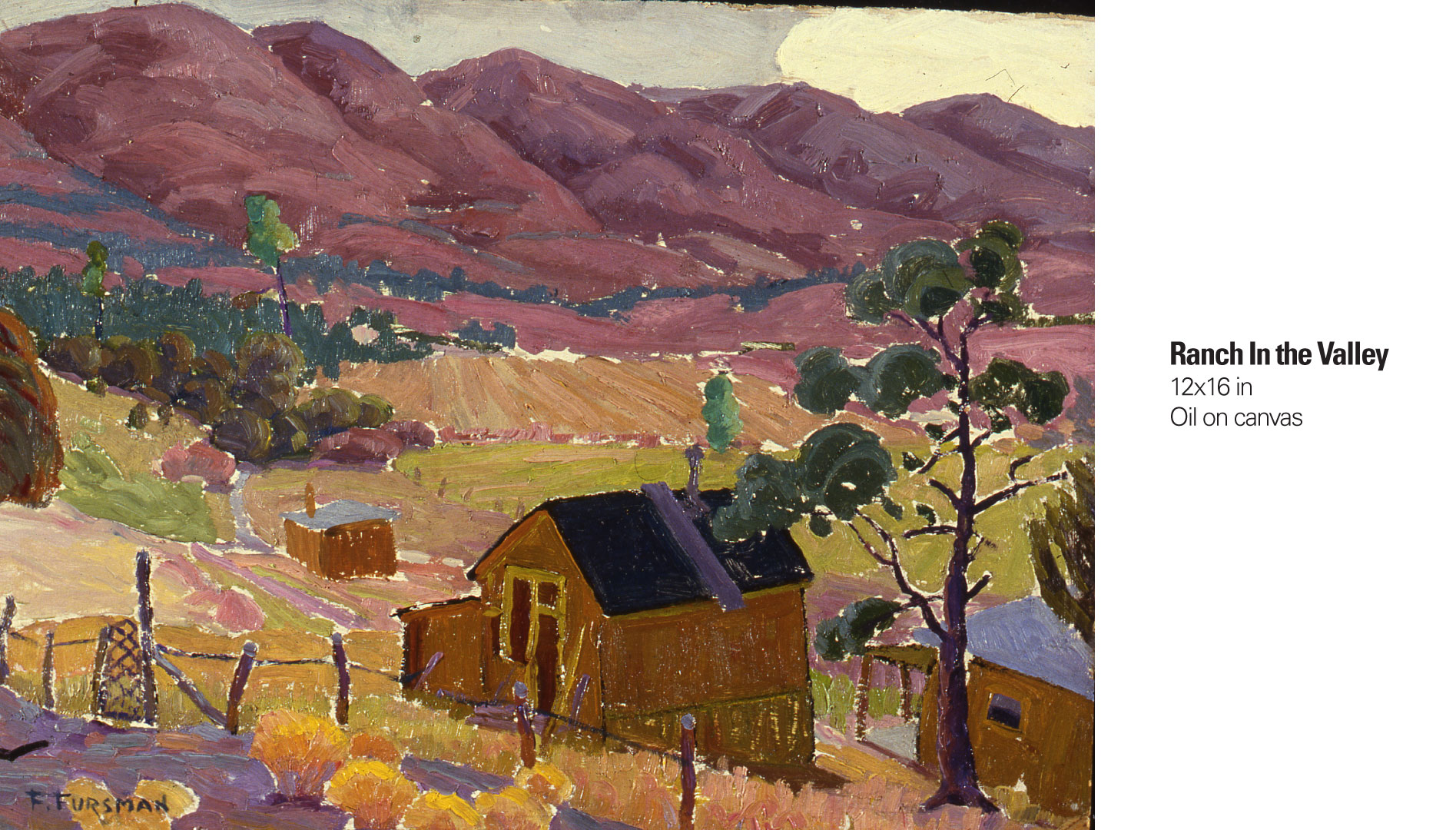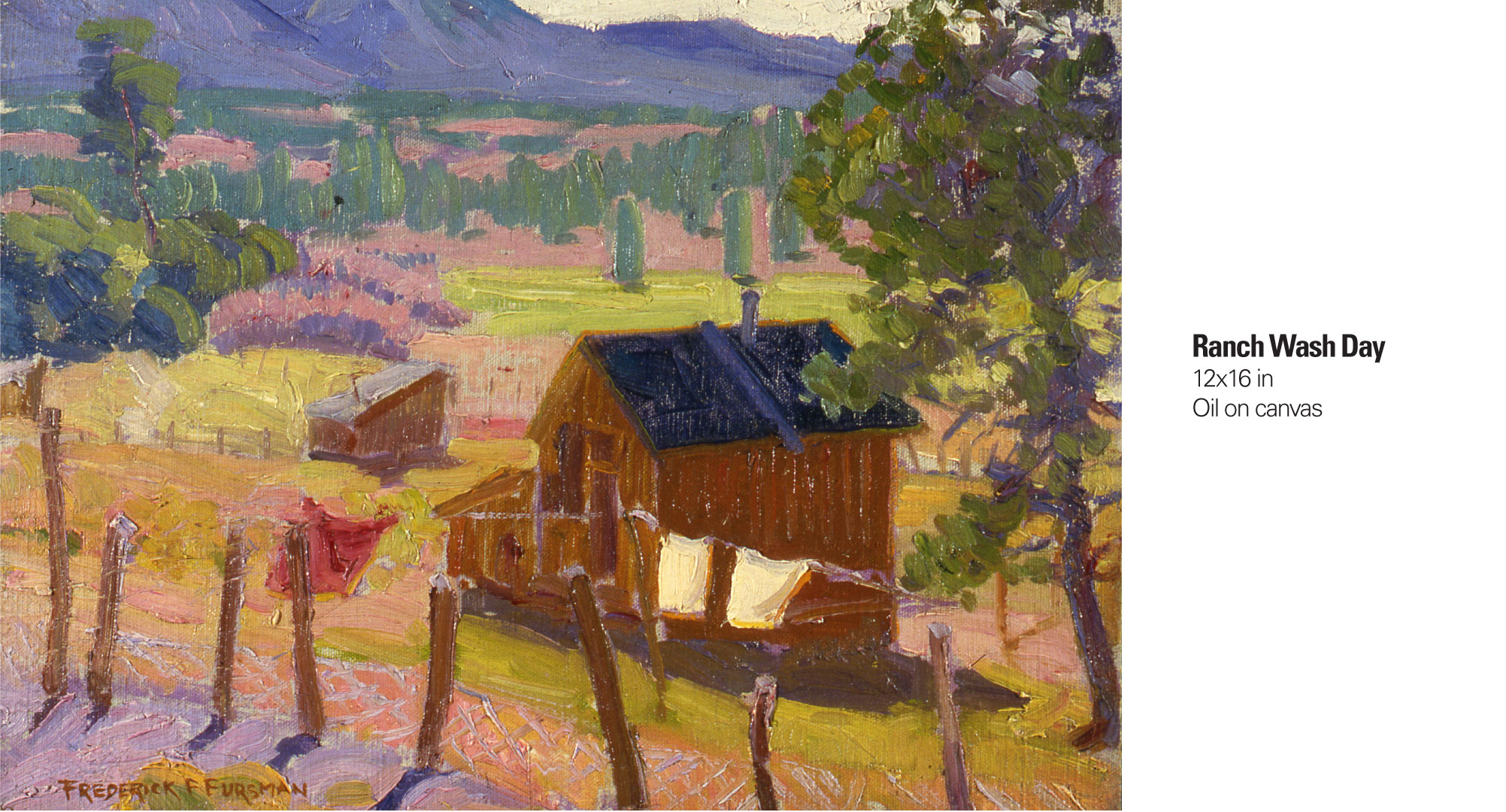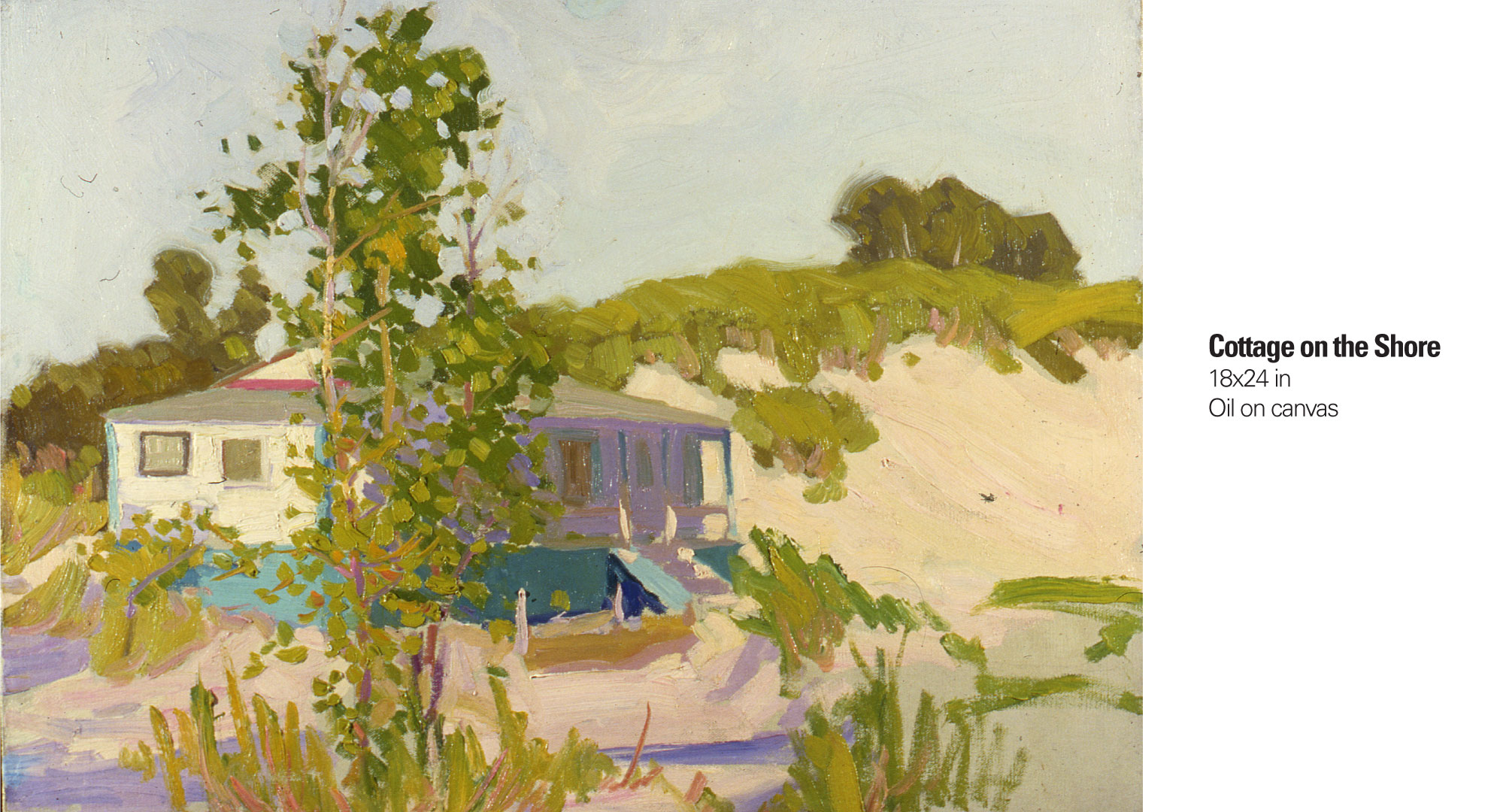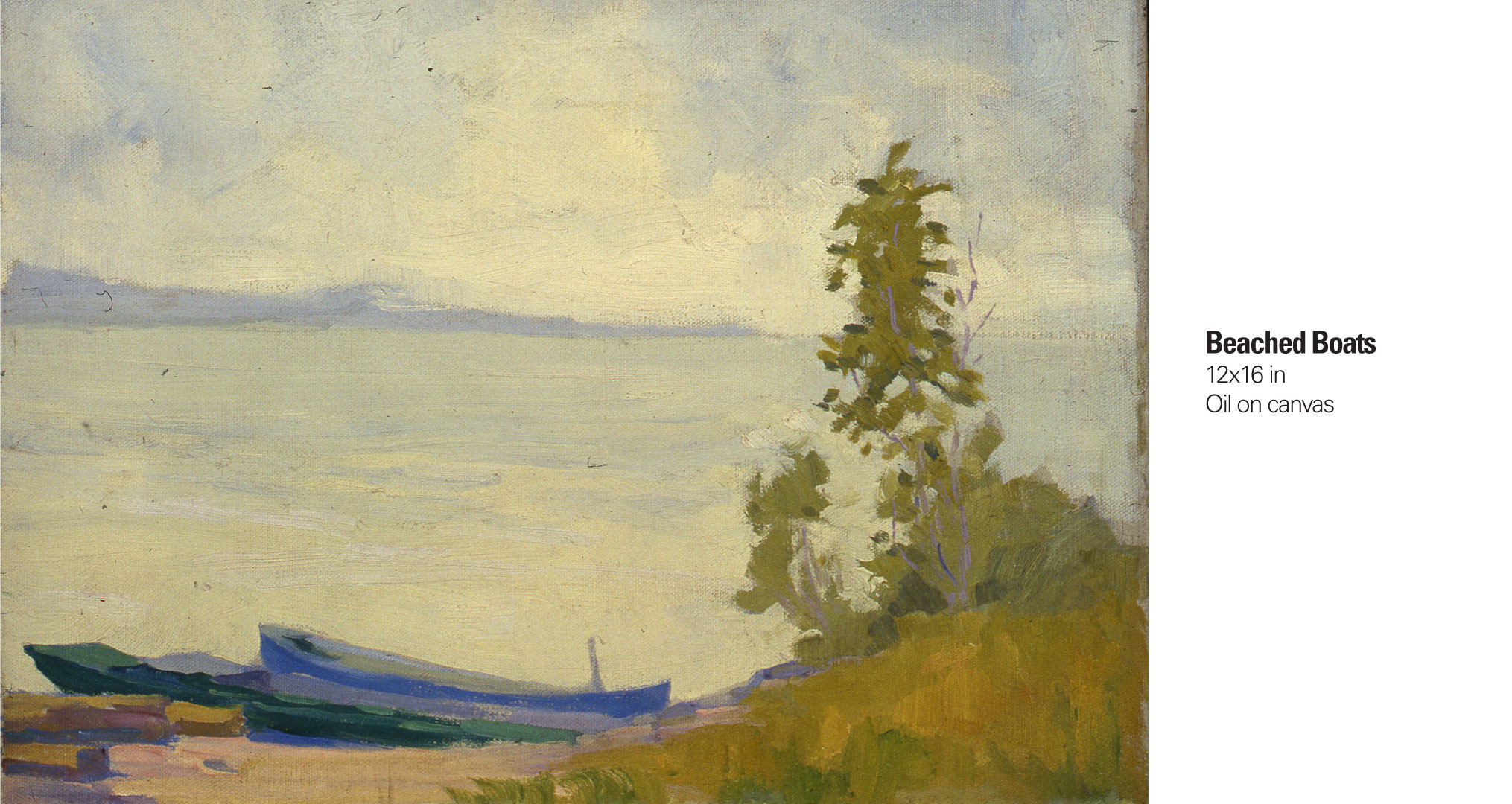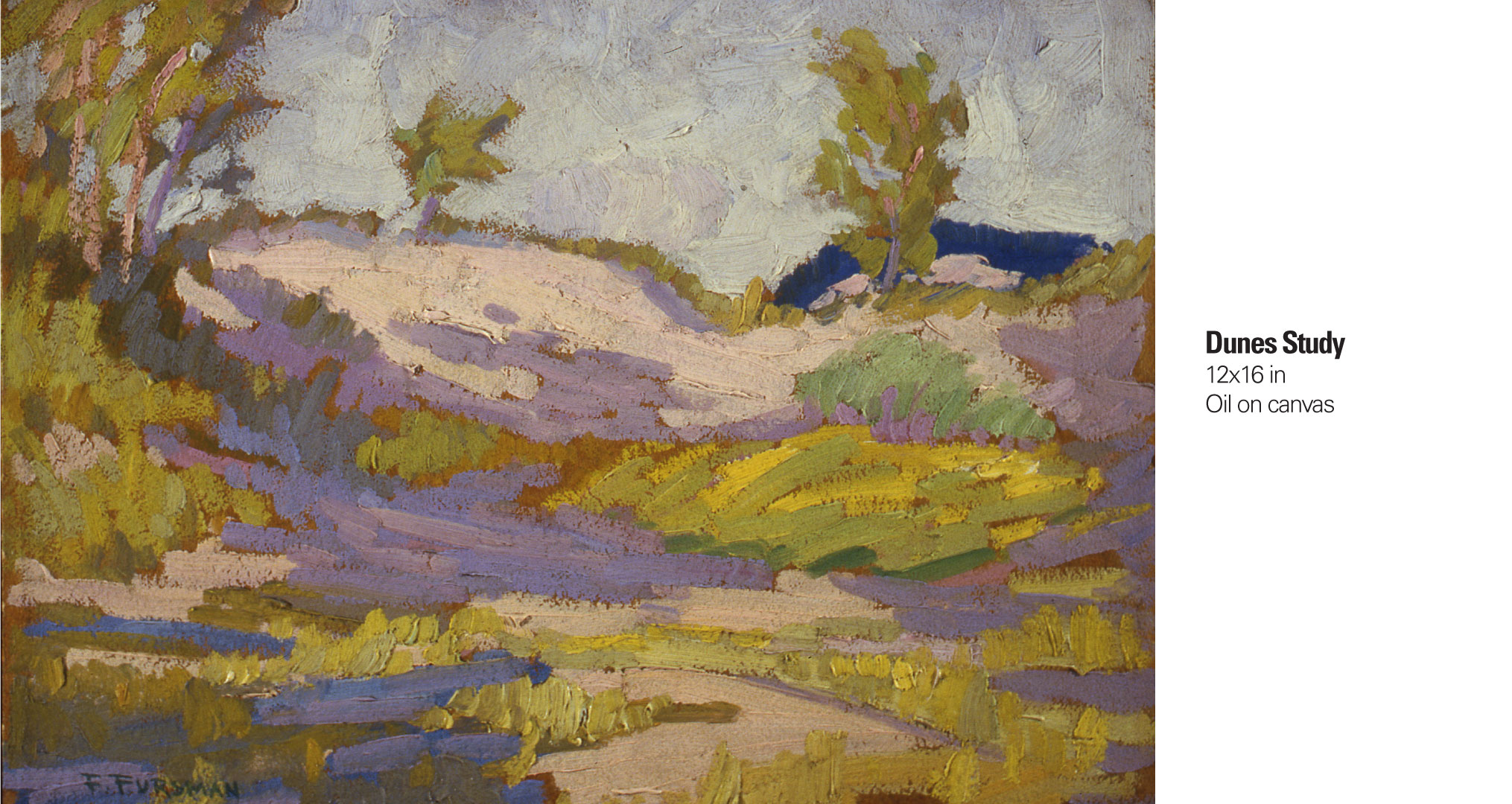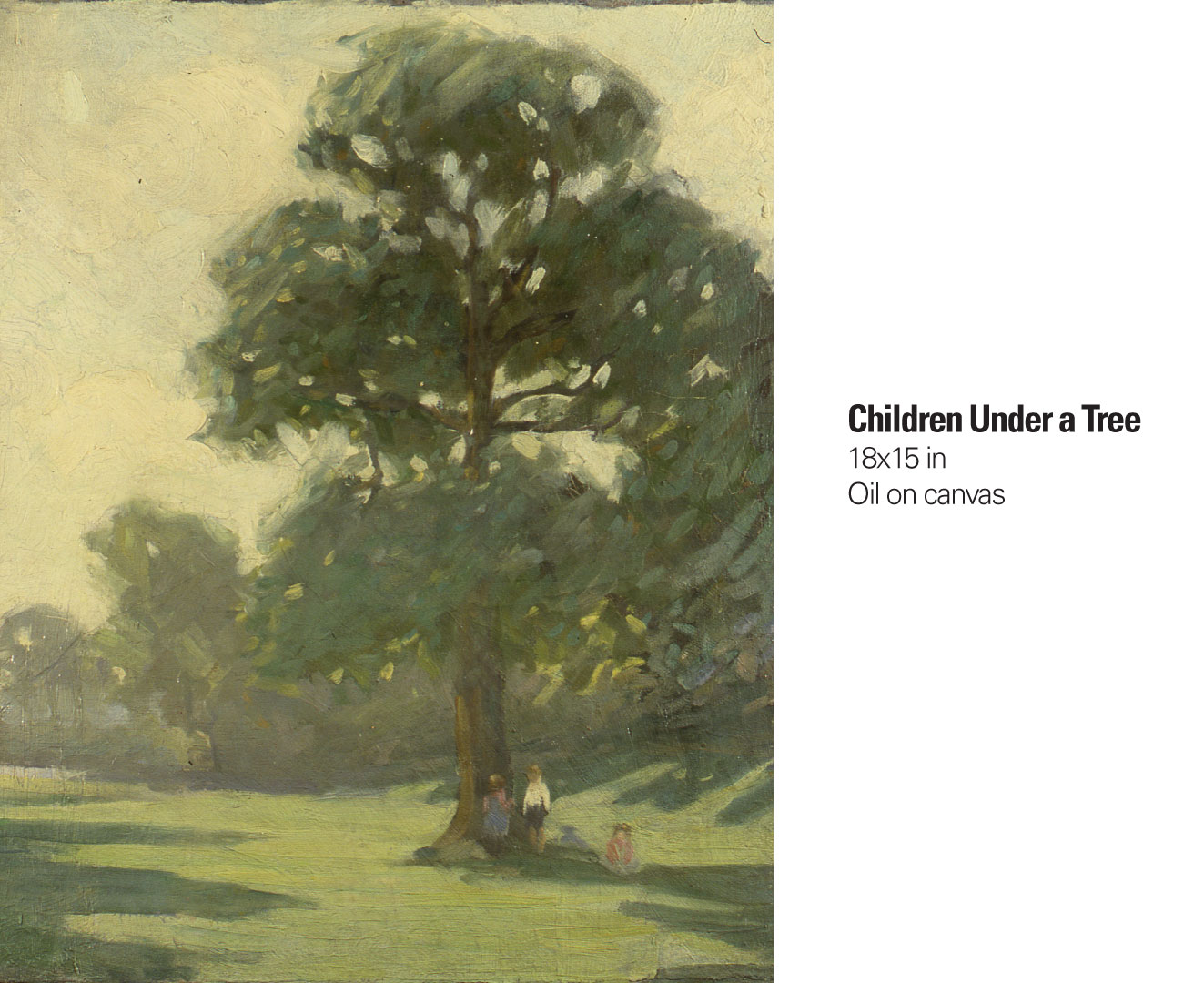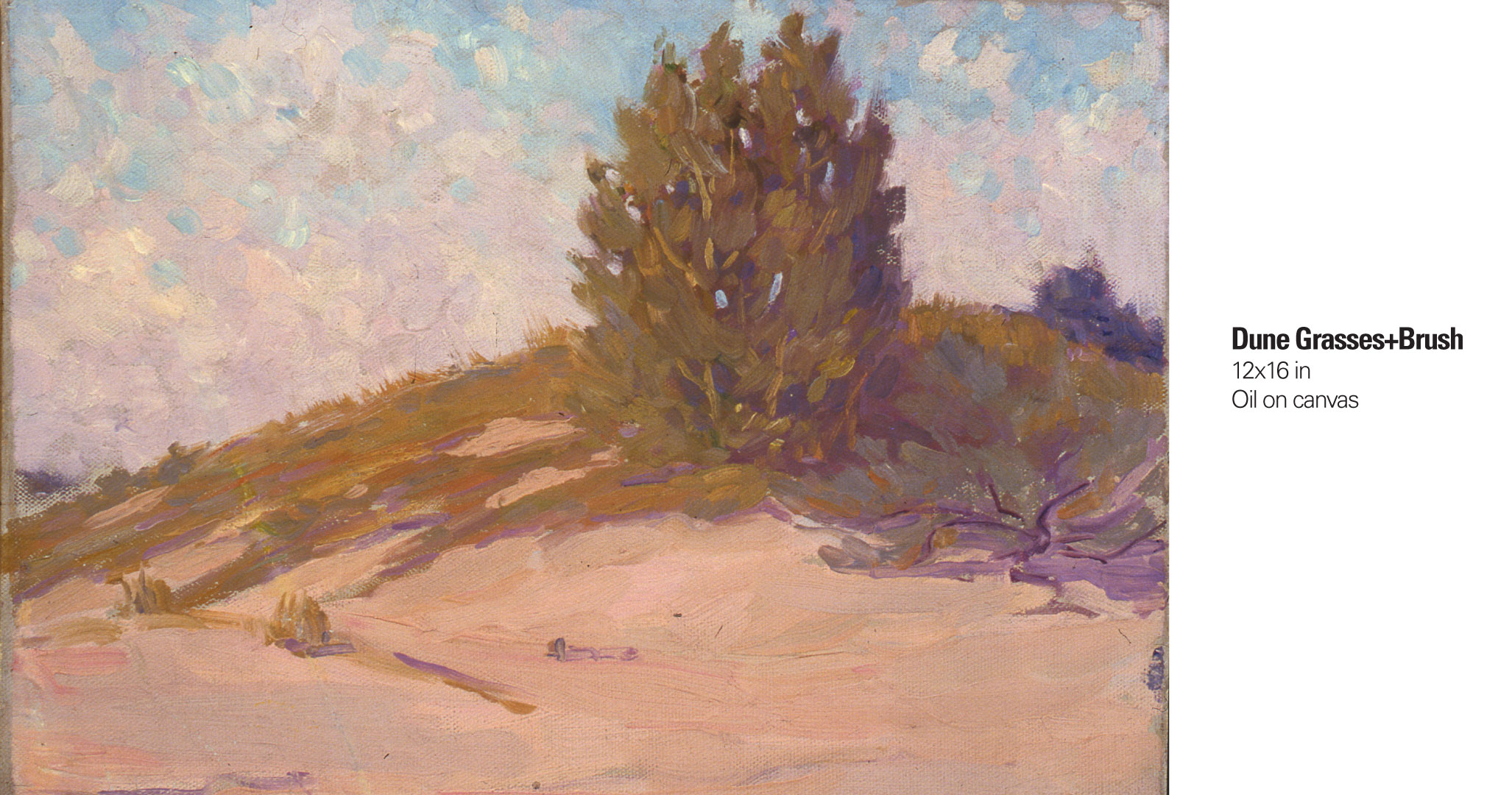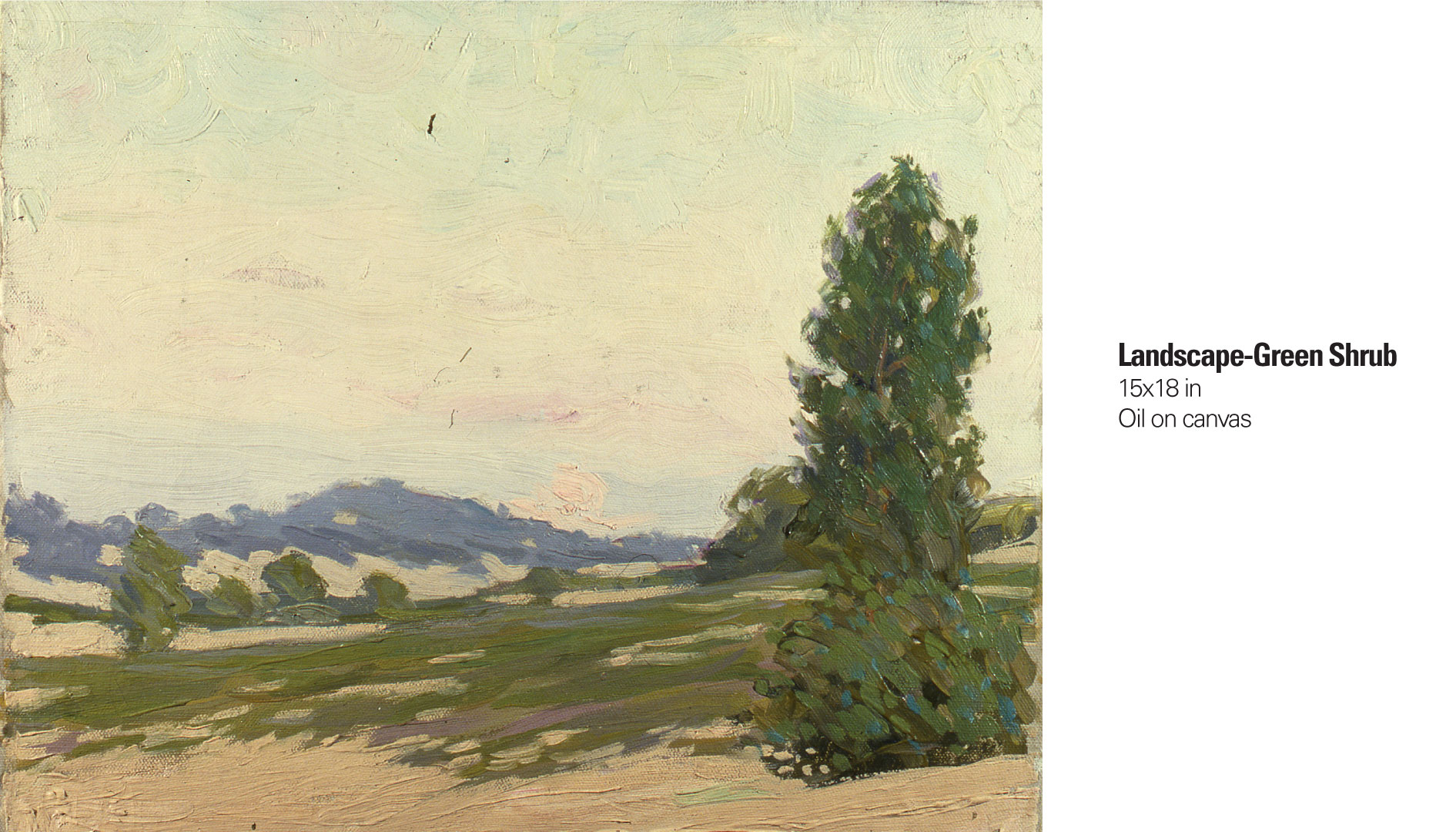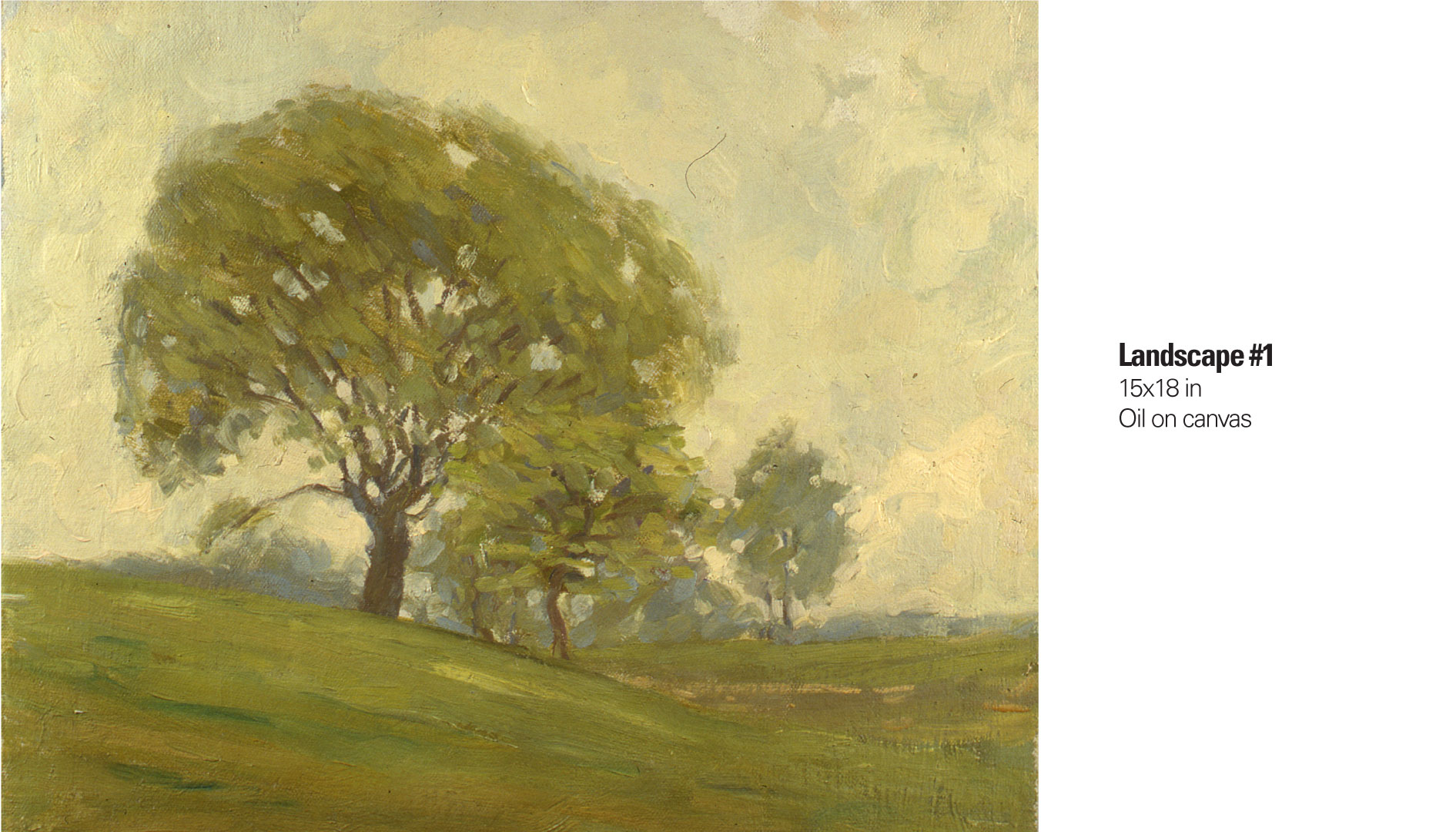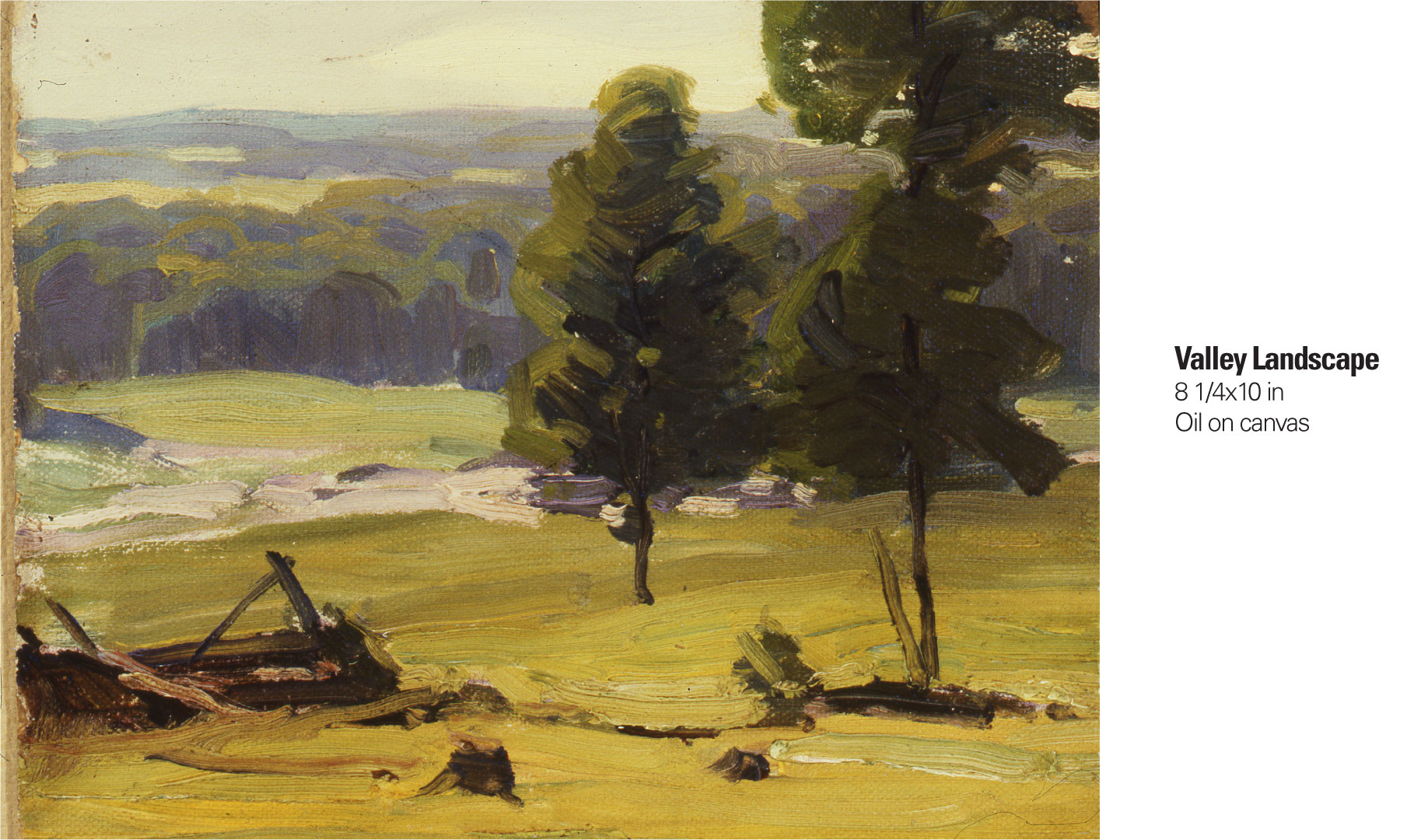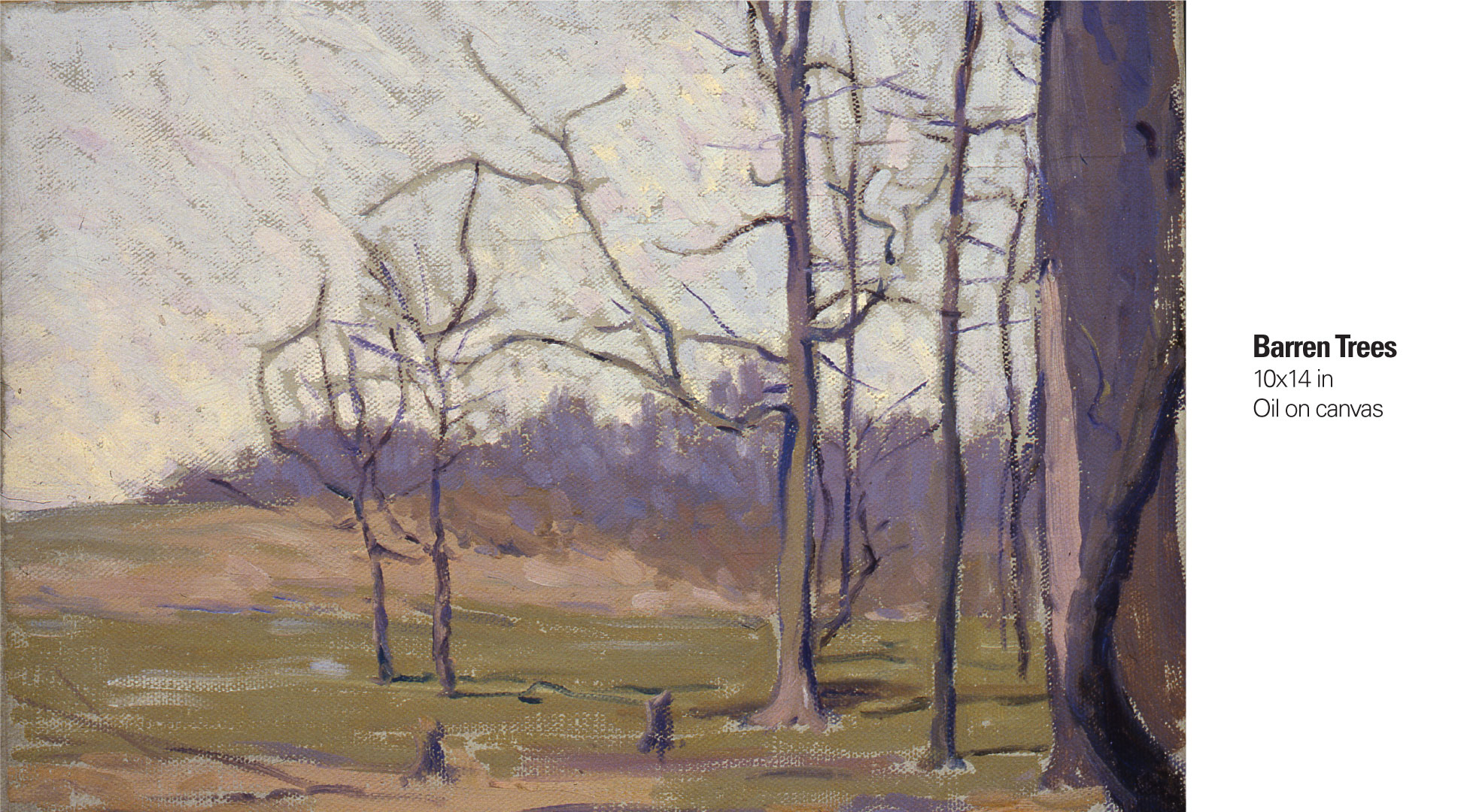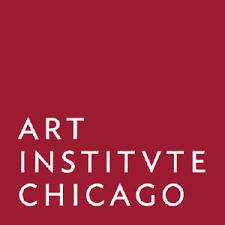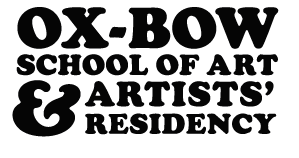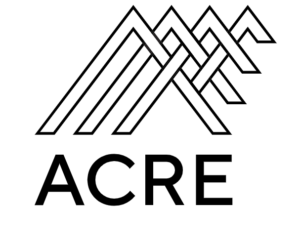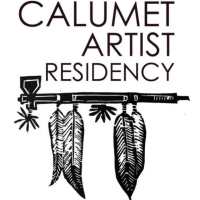Frederick Frary Fursman
1874, El Paso, TX – 1943, Saugatuck, MI
Like many of the impressionists, Fursman set out to paint a corner of nature in his own locale in an act of intimate homage.
– Lisa Wainwright
The Impressionists captured the fleeting qualities of light and nature through luminous and boldly colored strokes of paint that danced across the surface of their canvases. Frederick Frary Fursman, an American artist from Chicago, came to the impressionist style in the first decade of the 20th century with the same fervor for its wondrous effects that moved a Claude Monet or a Berthe Morisot years earlier. Having studied at the Académie Julian in Paris and painted on the coasts of France, before establishing his practice here in the Midwest, Fursman devoted his 50-year career to landscape painting with its gentle harmonies, high value palette, and noble simplicity of theme. Nature as muse informed his entire oeuvre beginning with a mural made from local Illinois grasses and grains that was famously displayed at the World’s Columbian Exhibition in Chicago in 1893. Fursman was 19. From this early success, he went on to teach at the School of the Art Institute of Chicago, and then to found and direct the well-known Saugatuck Summer School in the rolling dunes of the Michigan shore. It survives today as the Oxbow School of Art, where his belief in the value of an arts colony nestled in the bosom of nature and committed to free expression has continued unabated for over 100 years.
It makes perfect sense that Jan Tichy has chosen Frederick Fursman as one of the seven artists making up the “Artes in Horto: Seven Gardens for Chicago” project, for Fursman was a painter of light. Tichy translates Fursman’s impressionist manner of light shaping form and color through different atmospheric conditions
into the newer technology of digital light projection. If the technology of packaged pigment in tubes allowed Fursman to paint outdoors (plein-air) thus achieving what he called “the creation of essential reality,” 100 years later, Tichy again employs technical invention to enhance his creative practice. Here is a visual duet between two artists for whom light is a captivating medium.
Like many of the impressionists, Fursman set out to paint a corner of nature in his own locale in an act of intimate homage. Surely, he would be amazed and excited to see his familiar country motifs brought to life on the scale of the Merchandise Mart façade for so many to behold. For Fursman, and others of the early modern period, nature was a respite from the industrialized city scene. And yet Tichy digitally combines Fursman’s many varieties of painted trees into a new animated landscape, illuminating downtown Chicago and reminding us of nature’s power and beauty. Fursman, through Tichy, demonstrates how natural forms have served as a vital source for artists, designers, and those of us responsive to both nature and culture’s example in our city in the garden.
Lisa Wainwright, Professor,
The School of the Art Institute of Chicago
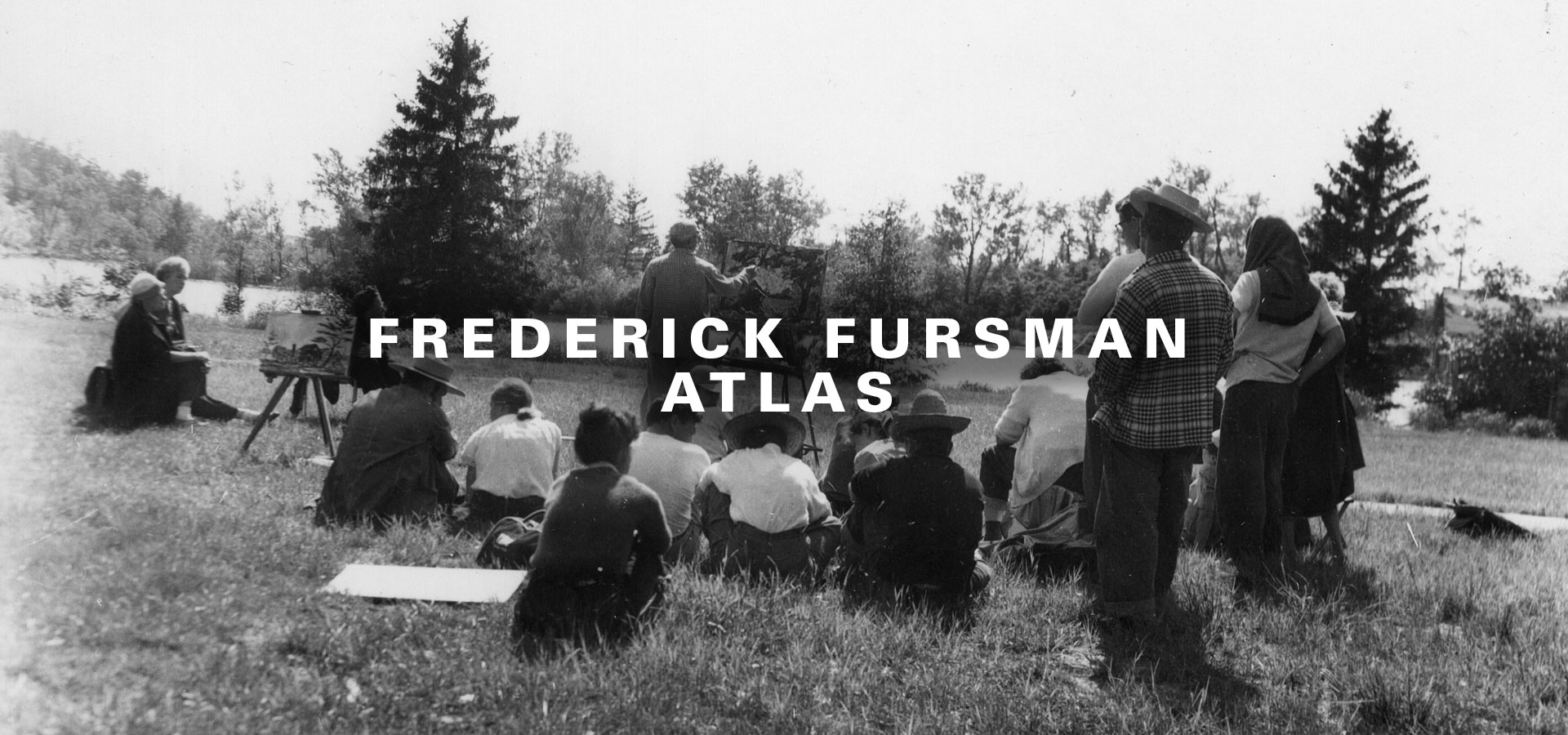
River Birch
Botanical name: Betula nigra
Common Names: river birch, red birch
Family: Betulaceae
Native Locale: Chicago area, Illinois, North America
Ginkgo
Botanical name: Ginkgo biloba
Common Names: Ginkgo, Maidenhair tree
Family: Ginkgoaceae
Native Locale: Southern China
Ash
Botanical name: Fraxinus
Common Names: Ginkgo, Maidenhair tree
Family: Oleaceae
Native Locale: Eastern and central north America
